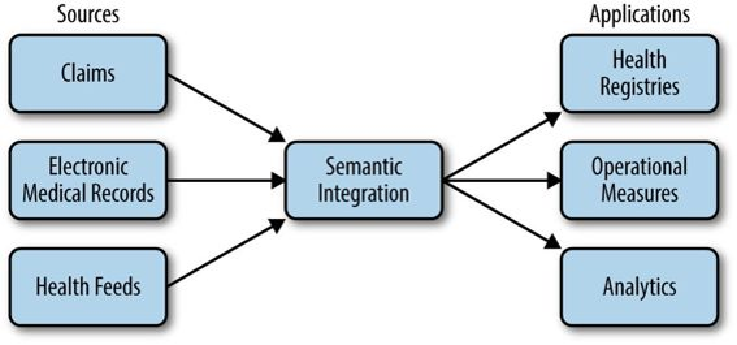Database Reference
In-Depth Information
Building a Complete Picture
Understanding and managing healthcare at scale requires significant amounts of clean, nor-
malized, and relatable data. Unfortunately, such data is typically spread across a number of
sources, making it difficult and error prone to consolidate. Hospitals, doctors' offices, clin-
ics, and pharmacies each hold portions of a person's records in industry-standard formats
such as CCDs (Continuity of Care Documents), HL7 (Health Level 7, a healthcare data in-
terchange format), CSV files, or proprietary formats.
Our challenge is to take this data; transform it into a clean, integrated representation; and
use it to create registries that help patients manage specific conditions, measure operational
aspects of healthcare, and support a variety of analytics, as shown in
Figure 22-1
.
Figure 22-1. Operational data flow
An essential step is to create a clean, semantically integrated basis we can build on, which
is the focus of this case study. We start by normalizing data to a common structure. Earlier
versions of this system used different models, but have since migrated to Avro for storing
and sharing data between processing steps.
Example 22-1
shows a simplified Avro IDL to
illustrate how our common structures look.
Example 22-1. Avro IDL for common data types
@namespace("com.cerner.example")
protocol PersonProtocol {
record Demographics {

